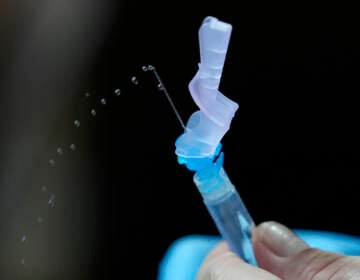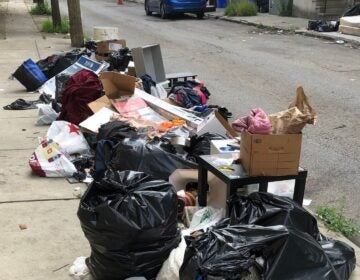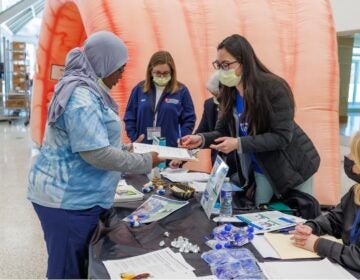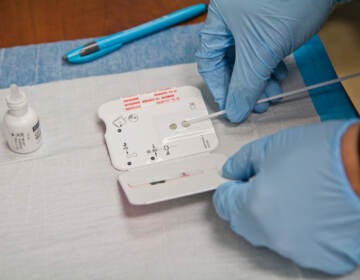’People are going to die’: Doctors sound alarm on Temple’s plan to relocate labor and delivery unit
The health system plans to open a state-of-the-art women’s center in Juniata Park. OB-GYNs say the move jeopardizes patient safety.
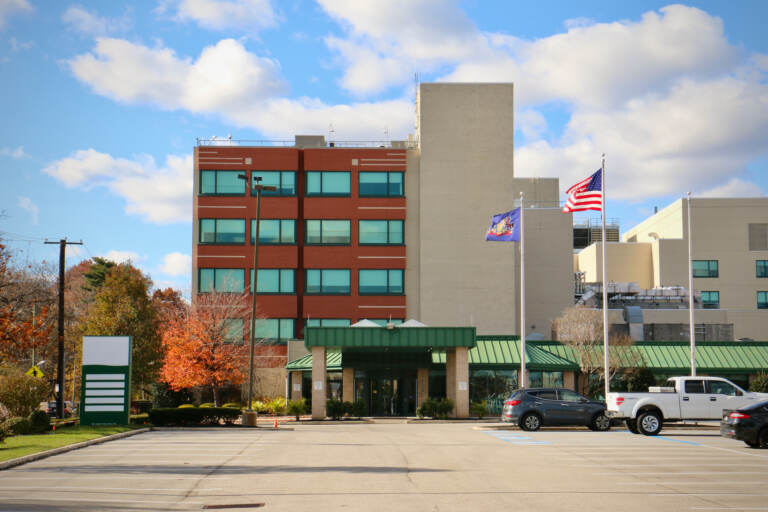
Temple Health plans to open a new, state-of-the-art maternity hospital at the former Cancer Treatment Centers of America campus in Northeast Philadelphia. (Emma Lee/WHYY)
On paper, Temple Health’s plans for a new state-of-the-art women’s hospital at the former Cancer Treatment Centers of America campus in Juniata Park is hard to argue with.
The crowded labor and delivery department at the current hospital is so tight on space that the triage unit is set up in a hallway. Often, the ward is so full it’s forced to go on “divert,” meaning it can’t accept transfer patients. The neonatal intensive care unit is too small for moms and babies to have their own private space.
Under the new proposal, deliveries and pre-and postnatal care would shift from Temple’s main hospital to the new campus, purchased in March for $12 million. The main expansion would come in the postpartum unit — the new facility would offer nearly twice the beds. The neonatal unit will also grow. Plus, the center will offer over 75 exam rooms and radiology, mammography, MRI, and CT services.
The Wyoming Avenue campus will include landscaped walking trails and is bordered by green space including a cemetery and a golf course.
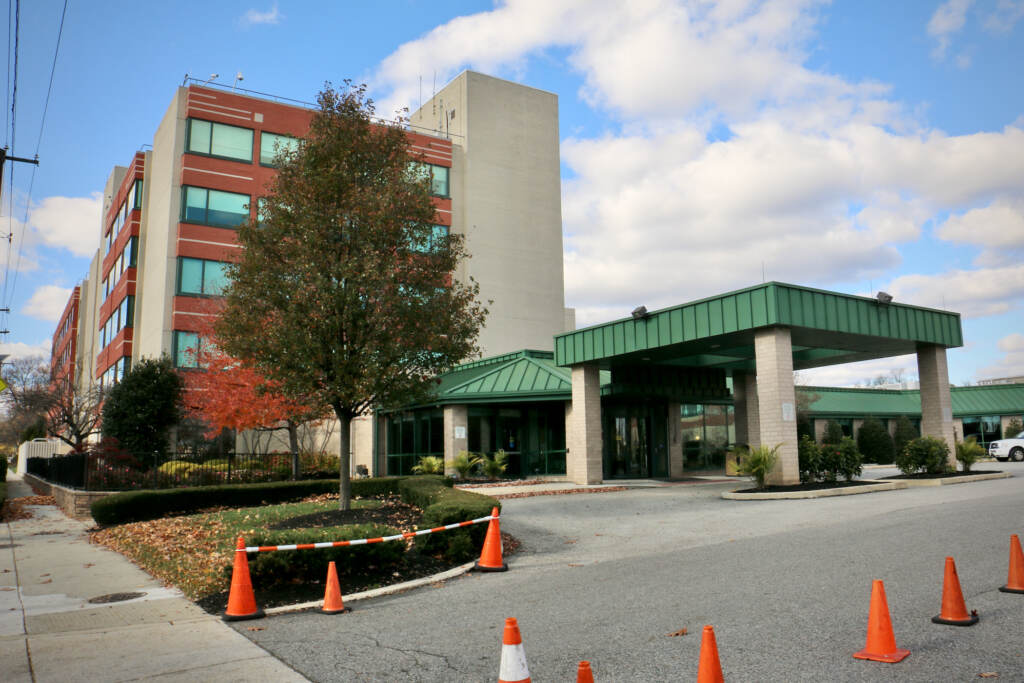
“I call it ‘Temple on the Park,’” said Abhinav Rastogi, executive vice president of Temple University Health System and chief operating officer at Temple University Hospital. “I think it’s a really good space for this program.”
Yet many doctors at Temple are deeply concerned that moving labor and delivery away from the main hospital will jeopardize patient safety.
“I can’t, by any stretch of the imagination, say that the facility is not adequate and that I wouldn’t be happier working out of a prettier, bigger facility,” said Dr. Michelle Duncan, medical director of the Obstetrics Triage Unit. “However, I don’t feel like I can risk people’s lives to work in a prettier facility.”
In interviews with WHYY News, half a dozen medical professionals who work in Temple’s Obstetrics Department said that if the women’s center were to open under its current plan, they would not feel comfortable practicing there because of safety concerns.
Temple Health does roughly 2,200 deliveries per year, many of them involving patients with comorbidities and serious health problems: High blood pressure, obesity, neurological issues, diabetes, cardiac and lung disease can all lead to complications during pregnancy that regularly require collaborating with emergency specialist services beyond obstetrics. Despite the higher degree of care many of its patients require, the health system says there hasn’t been a maternal death in more than five years.
Obstetricians attribute that to the proximity of ancillary services for those high-risk patients: Since Temple is a Level 1 trauma center, labor and delivery doctors can simply call for help or transfer a patient to a new floor if they need assistance.
They worry that a women’s hospital without an emergency department or intraoperative support would put patients in more danger.
“We rely on all the resources of Temple University Hospital to keep our patients alive,” said Duncan. “It is no small thing that we are part of that ecosystem.”
Duncan and colleagues said that they expressed their fears to administrators at a series of meetings before the plans were formally announced last week, but that they felt the concerns fell on deaf ears.
“We’re heard on the surface, but then I don’t see that reflected in the details of their plans,” said one physician, who asked to remain anonymous for fear of retaliation from Temple administrators.
“This is a great thing,” said Rastogi in an interview. “It’s just change is difficult, and we just need to get through it. But overall, it is what the neighborhood needs.”
“We know how to ask for help”
In an interview with WHYY in response to employee concerns, Dr. Enrique Hernandez, chair of obstetrics and gynecology at Temple’s Lewis Katz School of Medicine, stressed that in order to maintain patient safety, the plan is to continue to perform the highest-risk deliveries at the main hospital, where they can be close to other services. A maternal fetal medicine specialist will remain on site there, and effectively many of the services will be duplicated at the two hospitals. He said they will be hiring for more clinical positions to be able to staff both facilities, and noted that the new hospital will have eight ICU beds and is also trying to arrange for urgent care services on site.
Still, obstetricians worry that you can’t always predict when a pregnancy is going to require interventions from other specialists. Many described deliveries during which mothers were transferred back and forth between departments, or which required interdisciplinary teams attending to the patient.
“I’ve never seen so much preeclampsia,” said neonatal intensive care unit nurse Maureen May, referring to a condition of high blood pressure and potential organ damage that can come on suddenly and complicate pregnancies. “These patients are really sick, and having a baby is not as simple as all that.”
May recounted one delivery in which a woman was experiencing a brain aneurysm while delivering her baby. The entire obstetrical team and resuscitation team came to the operating room to deliver and immediately care for the baby, she said, while doctors prepared the woman for brain surgery.
“Being at Temple is the place to be when you’re pregnant and you need neurosurgery,” said May. “There must have been 30 people in the room.”
Incidents like that don’t happen every day, said May, but with such a high rate of patients with comorbidities, emergencies are more common than at other hospitals. May recalled delivering babies of women who’d been shot and needed immediate trauma and cardiac care.
Hernandez stressed that in the event of a necessary transfer, there will be vehicles immediately available and standing by.
But those providing care are worried that the time required to travel from one hospital to another could be the difference between life and death. The new building is less than four miles away, or a roughly 20-minute drive, from Temple’s main campus. Hernandez conceded it would take an additional half-hour for loading the patient in and out of an ambulance.
A recent study in Nature analyzed the role of transportation time in maternal deaths in Ohio. It found that among 136 pregnancy-related deaths, 41% were transported. Inadequate response from EMS or lack of transport to a higher level of care were contributing factors for 14 of the deaths.
For Duncan, who has worked in high-risk pregnancies for more than 20 years, being able to pick up the phone and call a specialist with the proper expertise when a situation becomes dire is critical.
“We as practitioners survive because we know how to ask for help when we need it,” said Duncan. “We know how to recognize that something is going on that is no longer obstetrical. That is now something way more serious and requiring somebody with extra training. And if you take us out of that ability to get help in a timely fashion, you’re going to have more people die.”
Temple as a birthing center now
Temple currently qualifies as a Level 4 birthing center, based on the Society for Maternal Fetal Medicine’s levels of maternal care. That means it can accommodate patients with the highest level of risk. It’s unclear whether or how that distinction would remain if the facilities were to move. The Obstetrics Department has requested a safety review from the American College of Obstetricians and Gynecologists, or ACOG, which the health system has yet to approve.
Hernandez said the center is looking to Magee Women’s Hospital in Pittsburgh as a model, though that facility is much larger and operates as a full-service hospital collocated with the University of Pittsburgh Medical Center system.
Temple Health CEO Michael Young was instrumental in ushering through a similar women’s health center when he was president and CEO at Lancaster General Hospital. Only a small percentage of patients there have pregnancies considered high risk, according to the hospital’s website.
Even though Temple’s proposed new women’s center has more resources than a standalone birthing center, Duncan and her colleagues worry that among a population with such a high rate of high-risk pregnancies, it’s still the wrong model. Research indicates that incidents of neonatal death are higher at birthing centers than in hospital settings. The researchers found the birthing centers were too far from hospital settings, and didn’t have the capacity to perform cesarean sections or other emergency operations when necessary.
Maternal mortality rates in Philadelphia are higher than the national average and disproportionately affect Black patients. Black women made up 43% of births but 73% of deaths between 2013 and 2018, according to the Philadelphia Maternal Mortality Review Commission. Cardiovascular issues were the most common form of pregnancy-related death during that time.
Nationally, hemorrhaging is the leading cause of maternal mortality. It can be prevented by having large stores of blood on hand. There were only two maternal deaths due to hemorrhaging in Philadelphia between 2013 and 2018, according to the commission. Obstetricians largely credit that to most births happening at hospitals that have the capacity to respond to emergencies immediately.
In Philadelphia, research shows that maternal health outcomes improved as small community hospitals shuttered and more births were centralized at large teaching institutions with more resources to prevent emergencies.
Patients gained and lost
Hernandez said the new women’s hospital will serve some of the patients missing a neighborhood hospital as a result of the recent string of closures: Parkview, Northeastern, Jeanes, and Frankford-Torresdale hospitals all either closed entirely or closed their maternity wards between 2003 and 2009. He said he expects the volume of deliveries will go up at Temple’s new facility.
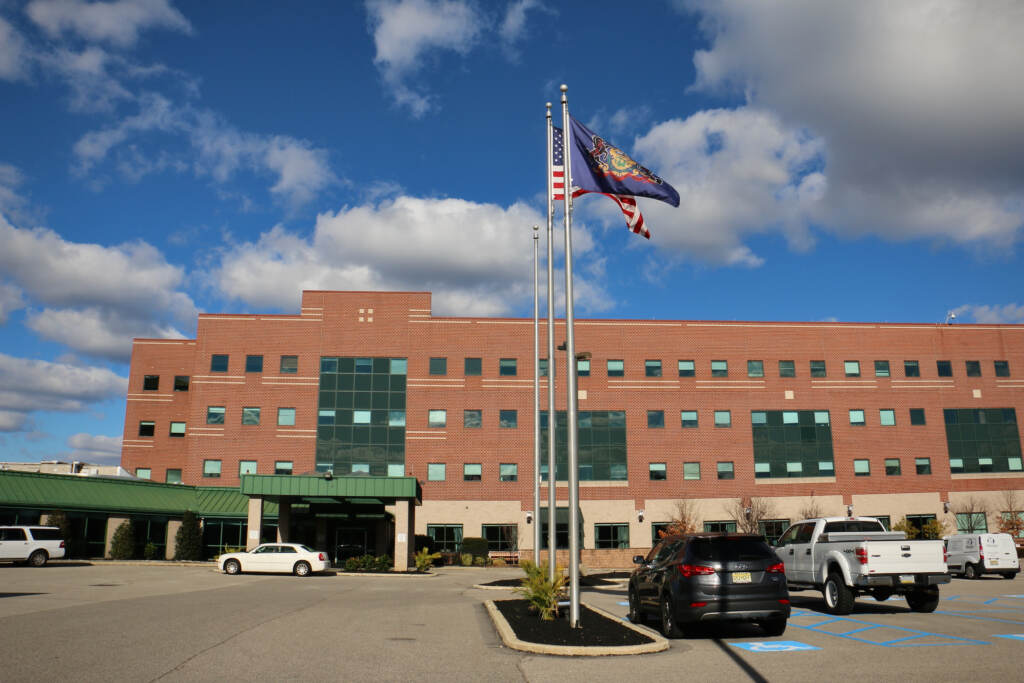
But Duncan, May, and others all said they worried the move will leave behind some of the North Philadelphia patients who easily access the hospital on North Broad Street.
“I don’t know how many of our patients now will travel up to that area to have their babies,” said May.
Over the summer, Temple was awarded a $6 million grant in partnership with Maternal Wellness Village/Oshun Family Center to measure the impact of support for Black women by Black women on cardiovascular health. Some involved worried the entire scope of the community population they were studying and working with would change if the hospital moved, since it’s less accessible by public transportation and serves a different demographic.
“Temple is dedicated to the North Philly population,” said Duncan. “By taking it out of the community and taking it off the public transportation system, you’re really abandoning that patient population.”
Hernandez clarified that the prenatal clinic at the main hospital will remain open, meaning that patients who currently take public transportation or walk to the hospital from the surrounding area will be able to continue to do so. They would simply have to arrange transportation for the delivery. Rastogi said the health system conducted market research that showed two-thirds of obstetrics patients live between the current and new locations.
When asked whether other departments had been considered to occupy the new campus instead of labor and delivery, Hernandez said that because patients at Temple have comorbidities across all departments, moving to a satellite facility would pose the same problem for any group. Relative to other departments he said, obstetrics patients are actually lower risk.
Michelle Duncan is not inclined to consider it that way.
“Everybody tends to think of obstetrics as happy,” she said. “But the fact of the matter is if something goes wrong, it goes very, very wrong, and it can go wrong very fast.”
The official move must be approved by the state Health Department, which Temple has not yet requested. Philadelphia Department of Public Health spokesperson James Garrow said the city’s health commissioner, Dr. Cheryl Bettigole, had received notification of Temple’s plans and reached out to learn more about which services would be on site, specifically in terms of operating rooms, ICU, pulmonology critical care, a blood bank, and a Pediatric Intensive Care Unit.
Temple hopes to issue a request for proposals for the Juniata Park building’s redesign after Thanksgiving and start operating at the new facility in late 2022.
In response to the concerns coming from many of its obstetricians, Rastogi said the administration will be more open to feedback going forward.
“The next phase of this is going to be hearing the voice of the customer, which is the patient, and hearing the voice of our employees who are bedside or who are doing this day in and day out,” he said. “It’s not like this is a done deal.”
WHYY is your source for fact-based, in-depth journalism and information. As a nonprofit organization, we rely on financial support from readers like you. Please give today.


